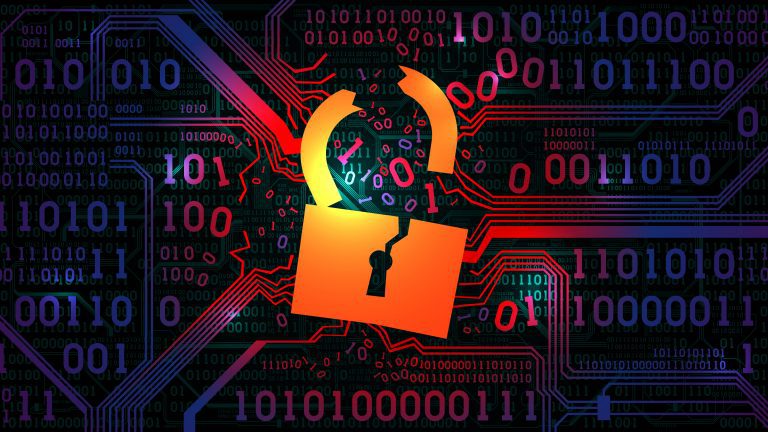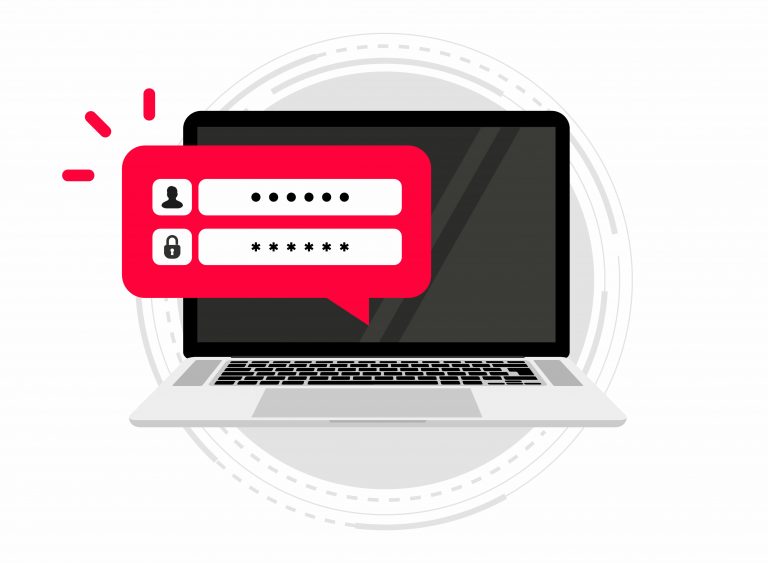Securing Your Health Data: Privacy Measures in Telemedicine
January 25, 2024Telemedicine has become an increasingly popular option for accessing healthcare services, allowing patients to consult with healthcare providers remotely. What…

In today’s digital age, the internet has become an integral part of our daily lives. However, with the increase in online activity, the risk of cyber threats and attacks has also risen.
Ethical hacking is the practice of legally attempting to access networks and computer systems to identify any potential security vulnerabilities. This process utilizes the same tools, techniques, and methods used by malicious hackers, to improve the security of the targeted system. Ethical hackers, also known as white-hat hackers, provide valuable assistance to organizations and individuals by discovering potential weaknesses in security systems before they can be exploited by malicious hackers.
What Are The Different Types Of Hacking? Various types of hacking include:
The importance of ethical hacking lies in its ability to identify vulnerabilities and security flaws in computer systems before malicious hackers can exploit them. This plays a crucial role in fortifying cybersecurity measures, protecting sensitive data, and ensuring the integrity of online operations.
By simulating real-world cyberattacks, ethical hacking assists in strengthening defense strategies and staying ahead of evolving threats, ultimately safeguarding individuals and organizations from potential security breaches and financial losses.
To further enhance online security, individuals should consider regular security audits, staying updated with the latest security protocols, and investing in reliable antivirus software.
By simulating real-world cyber threats, ethical hacking reveals system weaknesses, enabling organizations to strengthen their defenses and prevent potential breaches. Additionally, ethical hacking promotes a proactive security approach, ensuring ongoing monitoring security assessment and mitigation of evolving cyber threats.
To take advantage of the benefits of ethical hacking, companies should enlist certified ethical hackers to identify security vulnerabilities, conduct regular security assessments, and implement strong defense strategies.
In the world of cybersecurity, ethical hacking is a crucial tool in identifying and addressing vulnerabilities in online systems. But what exactly does the process of ethical hacking entail?
Reconnaissance serves as the foundational step in the field of ethical hacking, where comprehensive information gathering about the target system takes place. This phase encompasses two key approaches: passive information gathering and active information gathering. Passive methods involve extracting publicly available data from websites, social media platforms, and search engines. Conversely, active techniques entail employing tools like Shodan or Nmap to conduct scans, identify live hosts, and discover open ports. Additionally, the reconnaissance process certified ethical hacker includes footprinting, which involves pinpointing network range, architecture, and critical devices. Interestingly, the origins of reconnaissance date back to the US Navy’s 1837 mission during the Caroline Affair, marking the inception of modern reconnaissance operations.
The scanning phase of ethical hacking involves several critical steps that contribute to the assessment of a system’s security. This phase is instrumental in identifying open ports and the services running on those ports, as well as mapping the network architecture to locate potential vulnerabilities. Network scans are conducted to gather comprehensive information about the target system, including the identification of live hosts and active devices within the network. Vulnerability scans play a pivotal role in pinpointing weaknesses that could be exploited. Notably, the scanning phase of becoming an ethical hacker holds immense importance, as it enables ethical hackers to comprehensively evaluate a network or system’s security posture.
Gaining access to ethical hacking unfolds through a series of essential steps. Initially, vulnerabilities are exploited to gain initial access to the target system. Subsequently, the process involves escalating privileges to acquire higher-level permissions within the system. To maintain persistent access as malicious hackers, ethical hackers establish a continuous presence within the system. An integral aspect of this phase is the documentation and reporting of any vulnerabilities discovered, ensuring the system’s security is upheld. Similar to maintaining a relationship, sustaining access to ethical hacking requires ongoing effort and creativity.
In the maintenance phase, ethical hackers employ various strategies to ensure continued access to the target system. These strategies include the creation of secure backdoor access points for re-entry, setting up remote administration tools to maintain control from a distance, installing rootkits to operate stealthily, monitoring user activity to gather information about malicious intent, and implementing file-hiding techniques to conceal files and directories. Like seasoned detectives, ethical hackers skillfully cover their tracks, leaving behind no digital footprints.
Covering tracks in ethical hacking aligns with the principle of confidentiality, ensuring that unauthorized access leaves minimal to no trace. This phase of ethical hacking also involves clearing logs to remove evidence of intrusion, utilizing encryption to protect files and communications, and manipulating timestamps to conceal unauthorized access. The meticulous attention to detail in covering tracks ensures that the ethical hacking operation remains covert and undetected.
In the world of cybersecurity, ethical hacking has become a crucial tool for identifying and strengthening vulnerabilities in online systems. But what exactly are the common tools used in ethical hacking?
Nmap, short for Network Mapper, is a robust network scanning tool employed for discovering hosts and services within a computer system or network. Its functionality revolves around sending packets and analyzing responses to map the network’s topology, identify open ports, discern service versions, and even determine the operating systems in use. As a crucial asset for cybersecurity, Nmap aids in detecting vulnerabilities in network infrastructure, thereby contributing to its security. Its wide range of functions includes host discovery, port scanning, version detection, OS detection, and the ability to interact with the target system through scripts. Security professionals and system administrators commonly use Nmap for network inventory, managing service upgrades, and monitoring host or service uptime.
Metasploit is a powerful tool utilized for network discovery, vulnerability verification, and penetration testing. Its application involves several stages, beginning with target selection, where the system to be tested is identified. The subsequent step is Metasploit exploitation, wherein vulnerabilities are exploited to gain access to the target system. Post-exploitation tasks are performed after access is obtained, and the findings are meticulously documented in the reporting phase. Notably, Metasploit is widely embraced by cybersecurity professionals for simulating cyber-attacks, ultimately contributing to the enhancement of an organization’s cyber security and posture.
Wireshark stands as a popular network protocol analyzer, employed for various purposes, including network troubleshooting, analysis, software development, communications protocol development, and educational purposes. Users can interact with Wireshark through either a graphical front-end or a command-line interface. This versatile tool supports hundreds of protocols and media types and is compatible with various platforms, such as Windows, Linux, macOS, and more. It allows users to inspect data from a live network or a locally stored capture file, making it invaluable for monitoring and analyzing network traffic.
John the Ripper is a highly regarded password-cracking tool, renowned for its proficiency in identifying weak passwords through techniques like dictionary attacks, brute force, and rainbow tables. Ethical hackers rely on John the Ripper to assess the strength of network security of systems and passwords, emphasizing the importance of obtaining proper authorization and legal permission before use.
Maltego serves as a powerful open-source intelligence and forensics application, instrumental cyber security professionals for gathering and connecting information in investigative tasks. It provides a comprehensive view of potential attack vectors that threat actors might employ against an organization. Maltego’s capabilities encompass link analysis and data mining, facilitating the discovery of patterns and trends. Security professionals leverage Maltego for in-depth investigations aimed at identifying and mitigating security vulnerabilities, thereby strengthening proactive cybersecurity measures and overall defense strategies.
In the realm of cybersecurity, regularly updating software and using robust passwords are akin to applying sunscreen to shield against the harmful rays of hacking, underscoring the significance of proactive information security practices.
In today’s digital age, the threat of hacking is ever-present. As individuals, it is important to take proactive measures to protect ourselves and our personal information online.

Telemedicine has become an increasingly popular option for accessing healthcare services, allowing patients to consult with healthcare providers remotely. What…

In a world where cyber threats are becoming increasingly sophisticated, the importance of having strong passwords cannot be overstated. But…

Are you looking for a new job while still employed? Discreet job searching online is the key to keeping your…